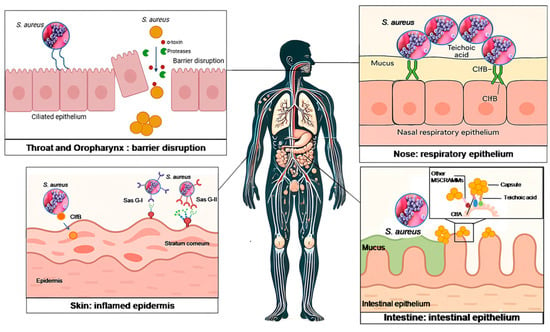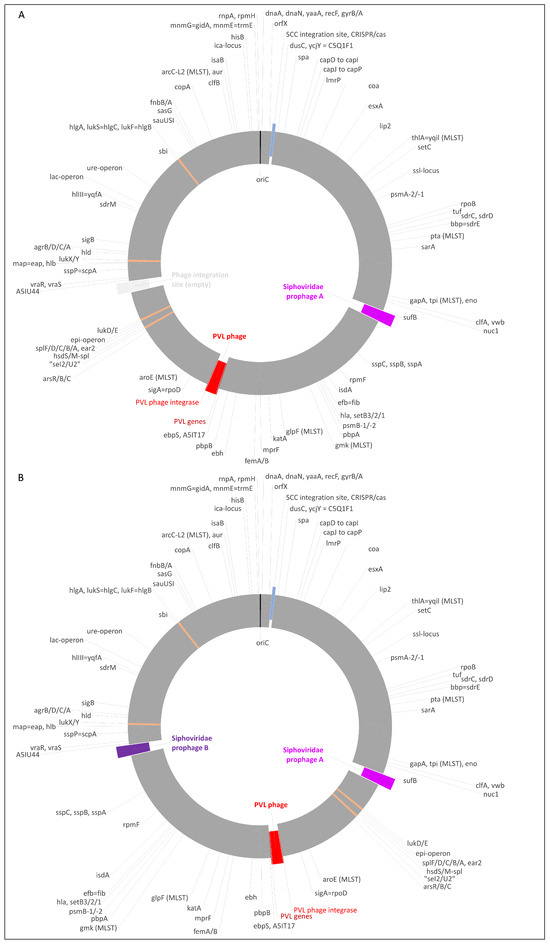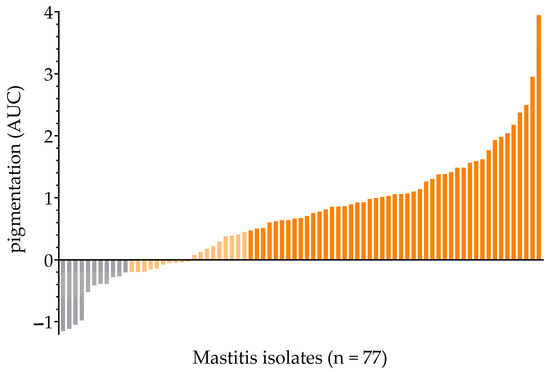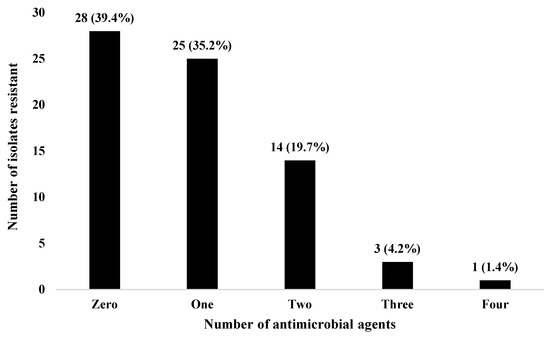Staphylococcus— Molecular Pathogenesis, Virulence Regulation and Antibiotics Resistance
A topical collection in Antibiotics (ISSN 2079-6382). This collection belongs to the section "Mechanism and Evolution of Antibiotic Resistance".
Viewed by 67789Editor
Interests: staphylococci; pathogenesis; antimicrobial resistance; skin microbiota; food safety
Topical Collection Information
Dear Colleagues,
Staphylococci have attracted recent attention because of their pathogenic potential and their ability to become resistant to antibiotics. In particular, methicillin-resistant S. aureus (MRSA) has been extensively studied. Historically associated with hospitals and other healthcare settings, in the last decade, it has also become a frequent cause of infections in the community. The finding that MRSA, as well multidrug-resistant staphylococci, frequently colonize animals, including home pets, has been a reason for concern. It is well-known that the close contact between pets and their owners provide an opportunity for the exchange of skin-associated bacteria. The concept of "One Health" clearly recognizes the link between human health and animal health. Microbiome studies are currently underway to determine the composition of staphylococcal species on the skin of animals, including dogs, cats and birds. The question is whether these bacteria can cause diseases in humans. This Special Issue seeks manuscript submissions that will further our understanding of the virulence mechanisms of staphylococci. Submissions that contribute to answering the question of whether methicillin-resistant staphylococci and multidrug-resistant staphylococci occur in domestic and farm animals are especially encouraged.
Prof. Dr. Ewa Szczuka
Collection Editor
Manuscript Submission Information
Manuscripts should be submitted online at www.mdpi.com by registering and logging in to this website. Once you are registered, click here to go to the submission form. Manuscripts can be submitted until the deadline. All submissions that pass pre-check are peer-reviewed. Accepted papers will be published continuously in the journal (as soon as accepted) and will be listed together on the collection website. Research articles, review articles as well as short communications are invited. For planned papers, a title and short abstract (about 250 words) can be sent to the Editorial Office for assessment.
Submitted manuscripts should not have been published previously, nor be under consideration for publication elsewhere (except conference proceedings papers). All manuscripts are thoroughly refereed through a single-blind peer-review process. A guide for authors and other relevant information for submission of manuscripts is available on the Instructions for Authors page. Antibiotics is an international peer-reviewed open access monthly journal published by MDPI.
Please visit the Instructions for Authors page before submitting a manuscript. The Article Processing Charge (APC) for publication in this open access journal is 2900 CHF (Swiss Francs). Submitted papers should be well formatted and use good English. Authors may use MDPI's English editing service prior to publication or during author revisions.
Keywords
- staphylococci
- MRS
- antimicrobial resistance
- virulence factors
- skin mikrobiota





















